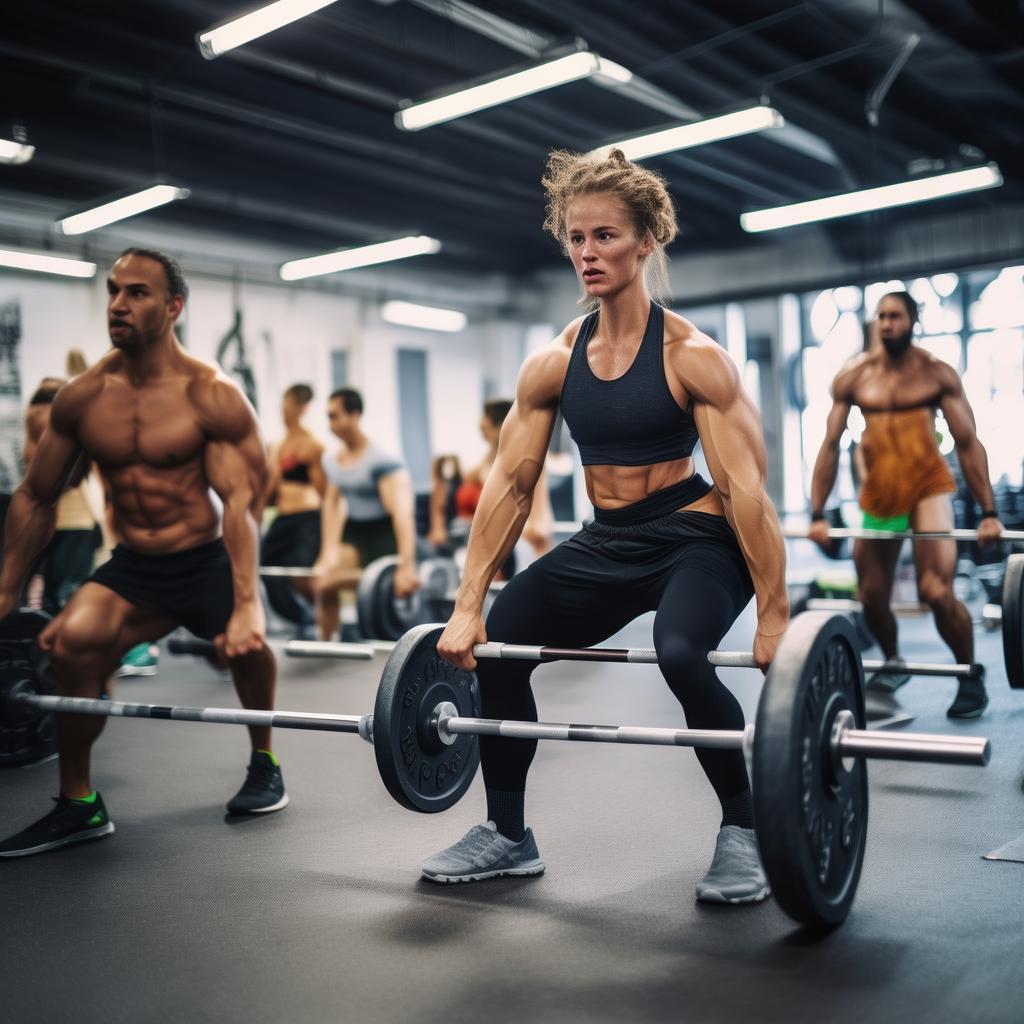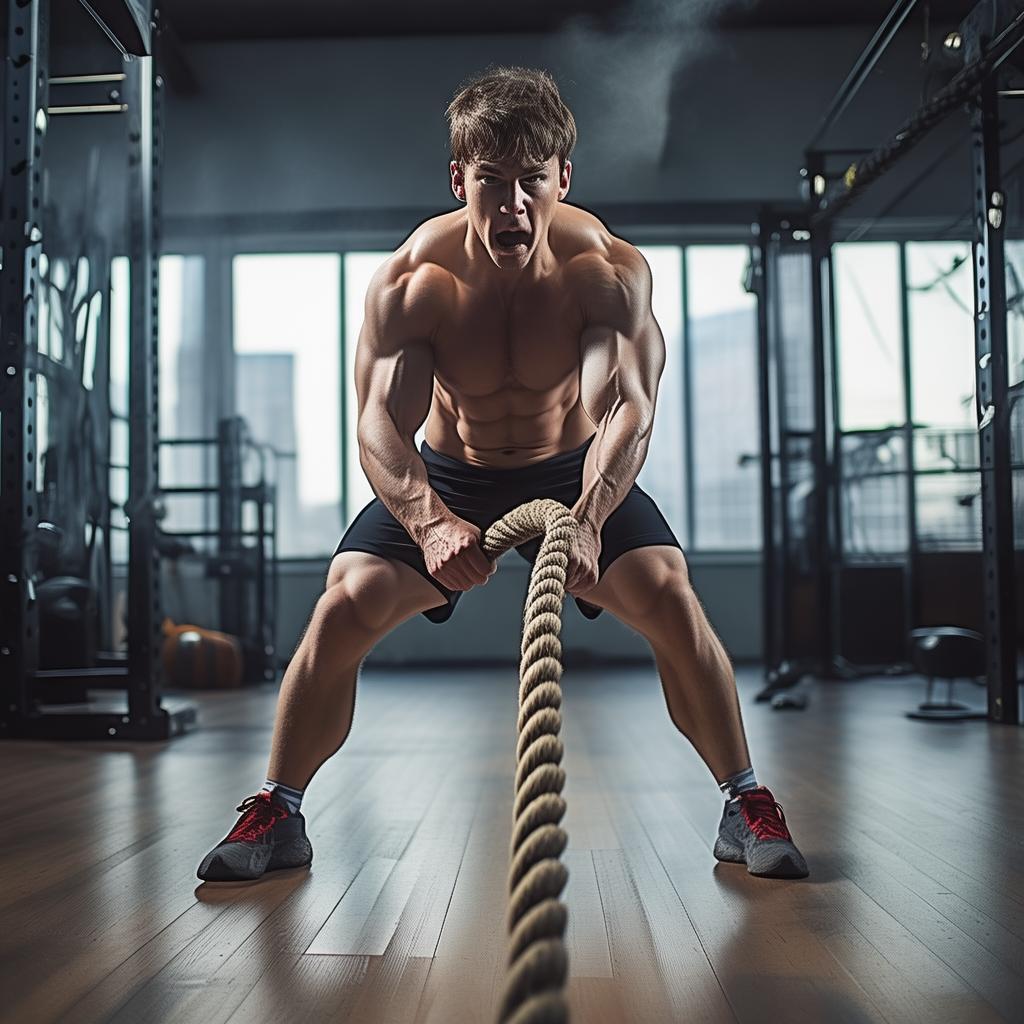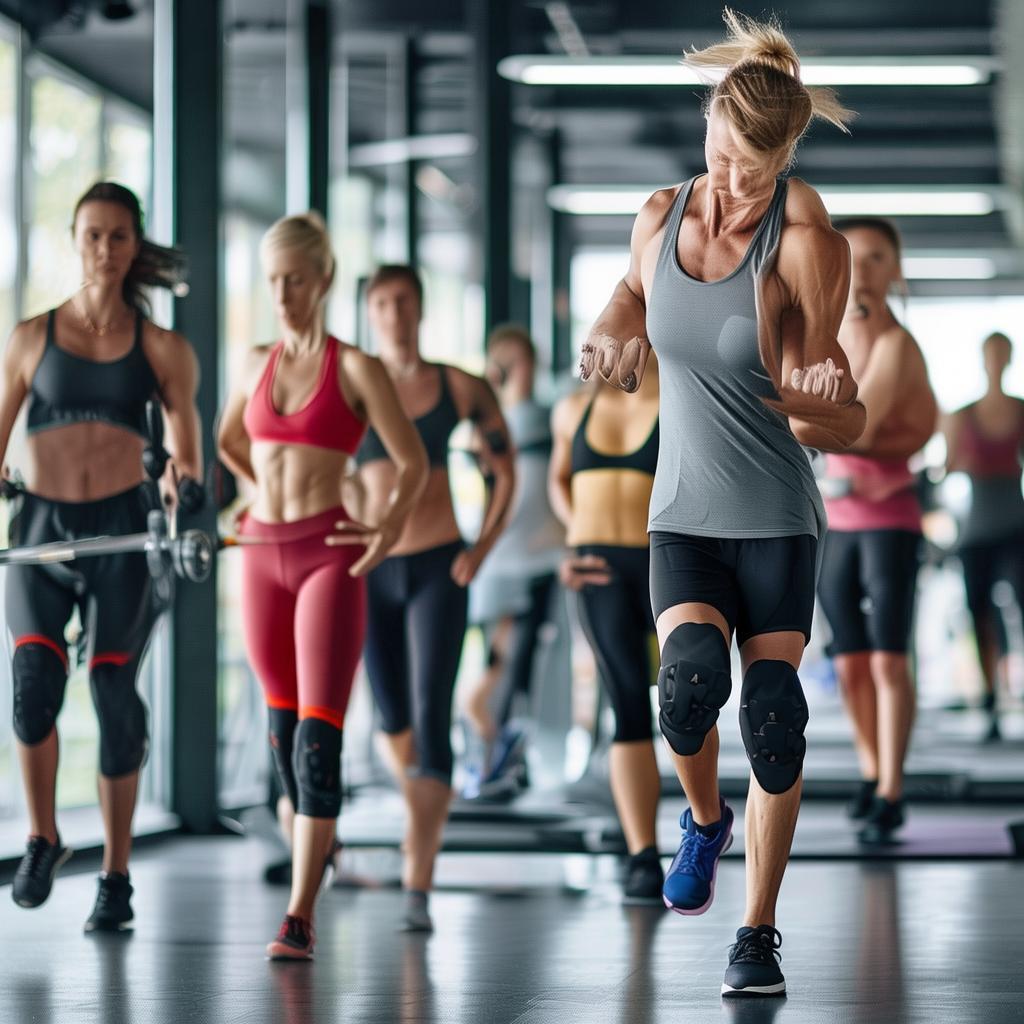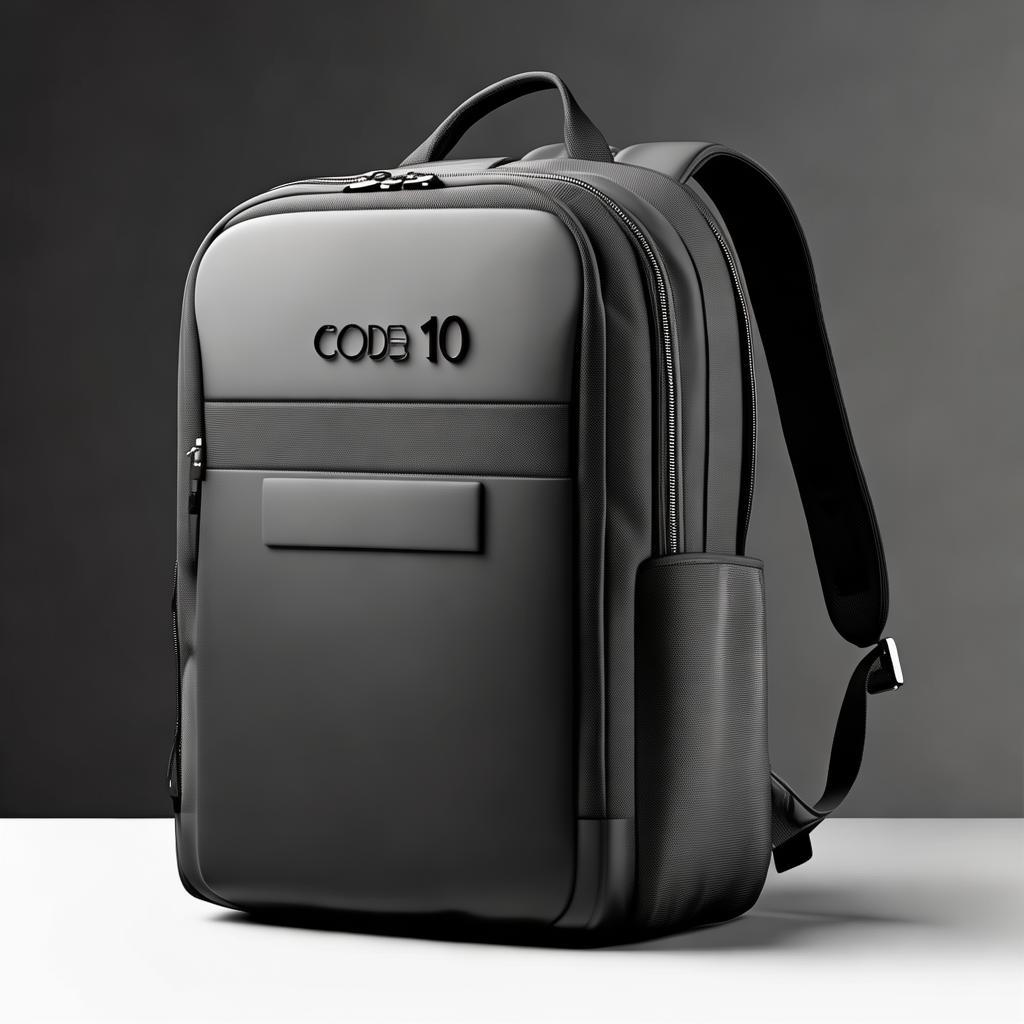Introduction
If you’ve ever stepped into a crossfit class or a weight – lifting specialized gym, you’ve likely encountered weightlifting shoes, often known as oly shoes. To the uninitiated, they may seem like strange, thick – soled, peep – toe trainers. However, they are far from being a passing fashion trend. Many accomplished lifters swear by the solid base and stability they offer. Yet, those new to the sport often wonder whether they need to invest in a pair. Let’s explore the ins and outs of weightlifting shoes.
Do You Really Need Weightlifting Shoes?
Experts generally concur that if your goal isn’t to significantly enhance your weightlifting performance, you might not require these shoes. But for those who train regularly with weights and aim to improve, after mastering the correct lifting techniques and movements, it could be time to consider getting a pair. Once you’re committed to the sport and training consistently, a good pair of weightlifting shoes can be a crucial piece of equipment for performance enhancement.
Contrary to a common misconception, athletes don’t need to reach a specific level or lift a certain amount of weight before wearing weightlifting shoes. They can be helpful regardless of the weight being lifted, whether light or heavy.
What Do Weightlifting Shoes Do?
Weightlifting shoes won’t transform you into a professional athlete overnight, but they do have a lifted heel. This feature increases the range of motion of the ankle and the ability to stretch the achilles tendon. So, if you’re having trouble achieving deeper squats, they can assist you in going lower. In all Olympic weightlifting events, they also facilitate hip flexion and extension, helping with movements required for powerful lifts like squats over the bar and snatches.
Moreover, they can help you lift more weight. The reason is straightforward: they provide a strong and stable surface that enables you to generate more energy during the overhead press. Unlike sports shoes with shock – absorbing pads, such as running shoes, which allow your feet to sink into the pads and absorb some of the force generated when your legs push out during an overhead lift, weightlifting shoes offer a sturdier base.
Training Where Weightlifting Shoes Shouldn’t Be Used
Weightlifting shoes are designed specifically for weightlifting – type training. They can be beneficial for exercises like front or back squats, bar flips, snatches, jerks, or overhead squats, whether with heavy or light weights.
However, they are not suitable for hard pulls. The raised heel of the shoes means that when lifting the barbell off the ground, you have to pull it further, making it more difficult to lift. They can also shift your weight forward, making it harder to get into the correct position for the movement. Although some people may deliberately train with weightlifting shoes for hard – pull competitions under a coach’s guidance, this is an exception.
If your workout includes both weightlifting and other activities like box – jumping or running, it’s advisable to use crossover shoes commonly used in crossfit. Also, avoid wearing weightlifting shoes outside of the gym, such as at home or in daily life, as it won’t do any good and will cause them to wear out quickly.
How to Choose a Pair of Weightlifting Shoes
The best way to determine the right weightlifting shoes for you is through trial – and – error. Just like Cinderella, it’s highly unlikely that the first pair of oly shoes you try on will fit perfectly. There are numerous types available today, varying in materials, heights, and weights.
Before making a purchase, visit a store and try on several different styles, especially those from well – known sports brands that offer a wide selection. Try them on while performing some weightlifting – type movements to gauge the power and find the pair that suits you best.





